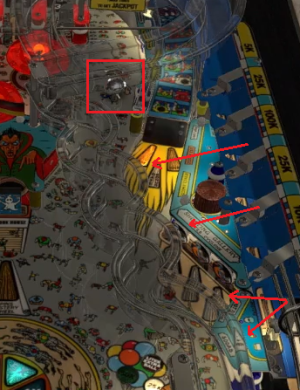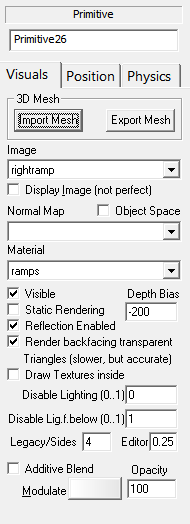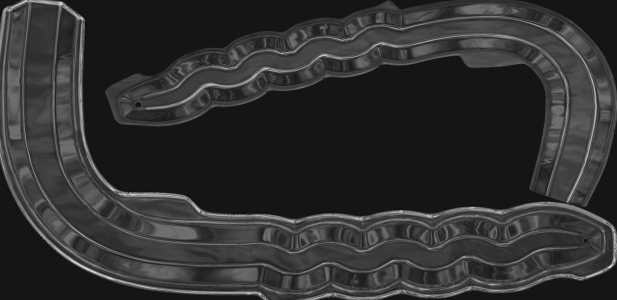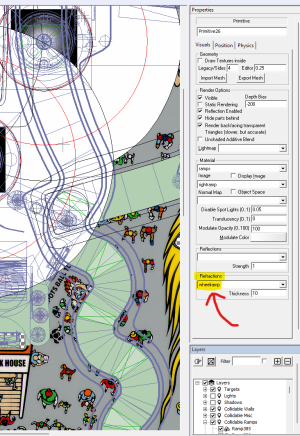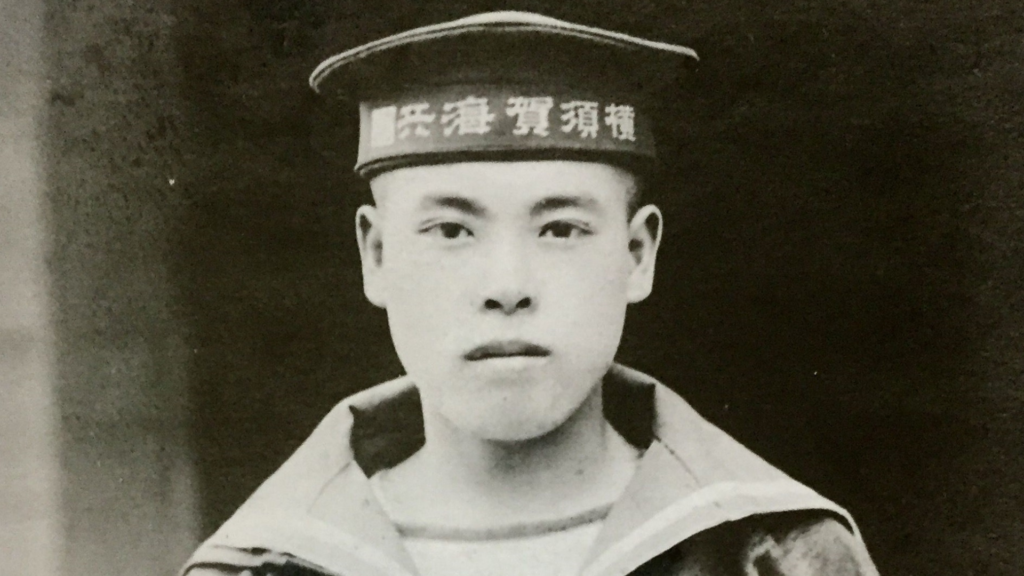To clarify there are two different things. Realtime refraction (VP 10.8 only), and prebaked refraction textures (older methods). There is no "light refraction".
With VP, most everything needs to be textured / static based, so you can't have realtime "real" lighting. So newer 10.8 tables that look really nice use Blender to mimic fake lighting. (and its not a simple process... few know how to use it)
However, some newer VP tables use realtime refraction probes on clear plastics (VP 10.8 only). This is a new feature for 10.8 that acts in realtime, and is not static based. (yes, this is one feature on VP I wish FP had)
Some VP tables use prebaked reflections and refractions instead. (done in Blender as a texture, common for VP tables). The problem with that is it looks horrible with moving camera views (which VP doesn't have) or in VR, as it's pre-rendered from one camera view and never changes. So it ends up looking like stickers on the ramps in VR. This is why I don't bake any "reflective / mirror / chrome" based textures on FP. It just doesn't look good in VR or in a moving camera view.
Understand that FP uses a different rendering technique than VP does, which is partly what allows BAM and FP to have things like realtime per-pixel "real" lighting, while also having things like normal maps properly be affected by that lighting. You can move / change up that lighting or camera views and the table properly renders everything. You can't do that on VP or with textured lighting.
I've already inquired with ravarcade if realtime refraction is possible on FP. The answer is, no.

You can however prebake faked refraction the same as VP if you really want.
You can also apply sphere maps to ramps using slightly blurred and transparent textures of the playfield to give kind of a refracted look. This is what I do on MOTU CE.

